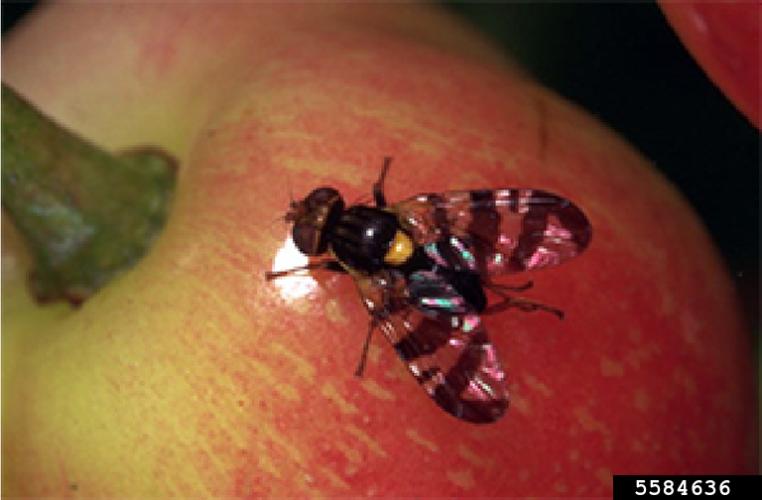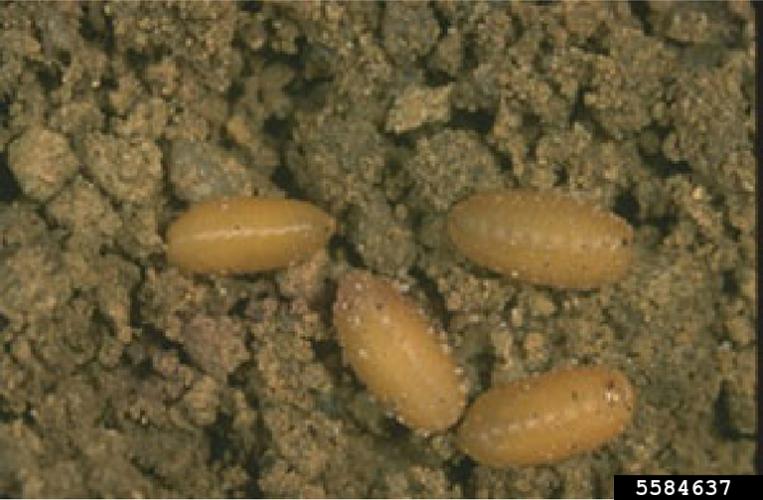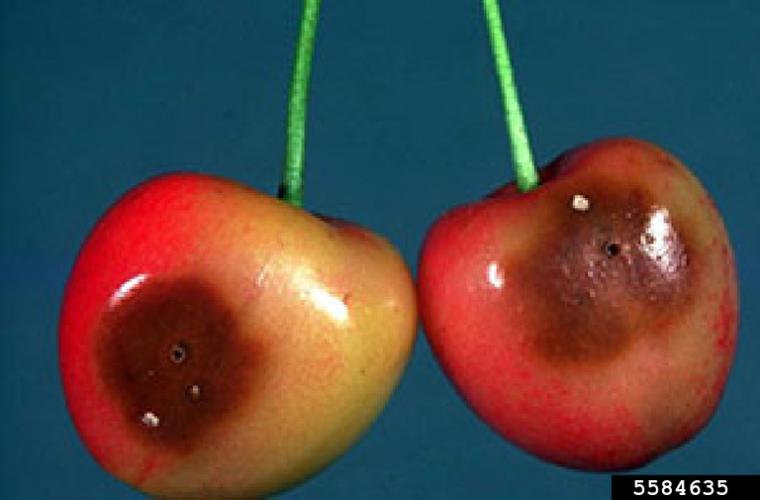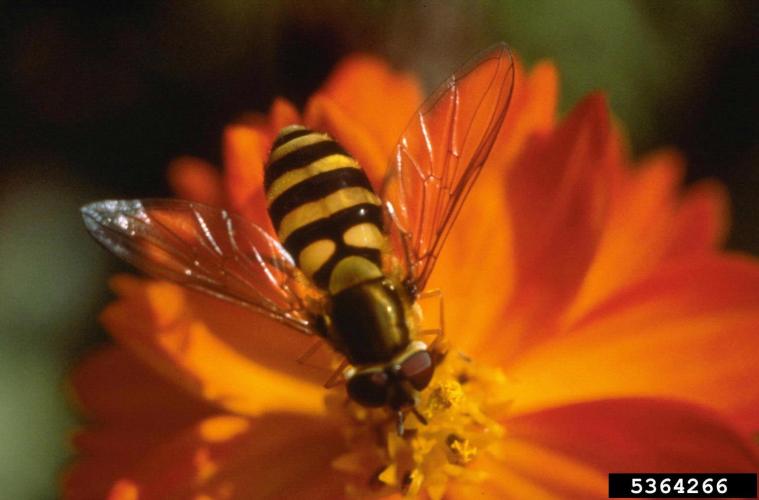European Cherry Fruit Fly
Identification
Adult flies are 1/8 to 3/16 of an inch long. Both males and females are mostly black with yellow to orange heads and a large yellow dot on their back. They have transparent wings with dark bands.
Signs of Infestation
- Females usually lay one egg beneath the skin of each piece of fruit. Once they hatch, the larvae develop inside the fruit and feed for up to 6 weeks.
- Larvae-infested fruit may have dark soft spots or appear wilted or shriveled.
- As mature larvae emerge from the fruit, they may leave behind visible exit holes.
Biology
Habitat
European cherry fruit fly prefers sweet cherries and honeysuckle, but may also attack tart cherries.
Life Cycle
Adults typically emerge from May to July and have an average lifespan of 2 to 4 weeks. Females usually lay one egg beneath the skin of each piece of fruit. Once they hatch from the eggs, the larvae develop inside the fruit and feed for up to 6 weeks. As the larvae develop, they damage the fruit pulp. Mature larvae exit the fruit through emergence holes, drop to the ground, and burrow into the soil. Once in the soil, they pupate within a few days and overwinter in the soil underneath or near the host plant.
Ecological Threat
European cherry fruit fly has the potential to infest 100% of sweet and tart cherry crops causing cherries to be unmarketable. With a value of about $767 million for sweet cherries, and $106 million for tart cherries in the U.S., infestation could cause large economic losses for growers as well as possible quarantines.
Vermont Distribution
European cherry fruit fly has not been detected in Vermont. In the United States, the European cherry fruit fly has been detected in Niagara, Erie, Orleans, Monroe, and Wayne Counties in New York and Ontario and Quebec in Canada.
How You Can Help
Know and follow any quarantine restrictions in fruit fly-infested areas.
- If you travel to Canada, be advised that you may not bring cherries from Ontario into the United States.
- Never remove fresh produce from your property if you are in a European cherry fruit fly quarantine area. View quarantine maps.
Citations
Photo Credit
Alison Morris, Bugwood.org, 5584635, 5584636, 5584637, 5584635
Whitney Cranshaw, Colorado State University, Bugwood.org, 5364266
Information Credit



